
 After five laps, I stopped to rethink and analyze what I was doing and what I needed to do. The second time I went out on the circuit, I got my bearings. I went flat out in the fourth gear in C1, down to the third for C2 while C3 was light brake and a little lift off. Then it was pedal to the metal in the fifth and down again to the fourth through the sequence of corners and back in the fifth just before the left kink before the back straight and back down to fourth for the right-hander. It is here that you realize how over-braked and over-tyred this car is. When approaching a corner, if you brake hard (even way after the 100 meter marker), the car slows down so much that you are too slow for the corner. Then it is fourth gear all the way up to the bridge complex. This is the only time you select the second gear and back up third over the bridge and the final corner. The downforce gives you more grip as you go quicker through the corners. Later, I was informed that the quick guys were doing the last corner in fourth and the MRF corner in the fifth gear flat out (C1).After the drive, I asked Peter about how much work the cars needed after each race and what the life of the MRF slicks was. According to Peter, the fastest lap was recorded on lap forty that means there is no degradation in the performance of the tyres. The three cars that were set up for us had not been touched after the last race and only one car needed camber adjustment. That was all the work required to have them ready. The Formula 1600 car is extremely reliable, easy to drive and the first proper single-seater racing car made in India. Well done MRF!
After five laps, I stopped to rethink and analyze what I was doing and what I needed to do. The second time I went out on the circuit, I got my bearings. I went flat out in the fourth gear in C1, down to the third for C2 while C3 was light brake and a little lift off. Then it was pedal to the metal in the fifth and down again to the fourth through the sequence of corners and back in the fifth just before the left kink before the back straight and back down to fourth for the right-hander. It is here that you realize how over-braked and over-tyred this car is. When approaching a corner, if you brake hard (even way after the 100 meter marker), the car slows down so much that you are too slow for the corner. Then it is fourth gear all the way up to the bridge complex. This is the only time you select the second gear and back up third over the bridge and the final corner. The downforce gives you more grip as you go quicker through the corners. Later, I was informed that the quick guys were doing the last corner in fourth and the MRF corner in the fifth gear flat out (C1).After the drive, I asked Peter about how much work the cars needed after each race and what the life of the MRF slicks was. According to Peter, the fastest lap was recorded on lap forty that means there is no degradation in the performance of the tyres. The three cars that were set up for us had not been touched after the last race and only one car needed camber adjustment. That was all the work required to have them ready. The Formula 1600 car is extremely reliable, easy to drive and the first proper single-seater racing car made in India. Well done MRF!
THE FASTEST INDIAN SAYS:
2010 will be remembered as a watershed year for national motorsport in the country. The launch of the Formula MRF car means that India now has a state-of-the-art entry-level single-seater racing car. I was lucky enough to drive the car, courtesy my sponsors MRF Tyres, and thoroughly enjoyed the experience of doing over 40-odd laps around the Sriperumbudur circuit. 
 The car is at least two generations ahead of the Formula Rolon car. It is a fantastic platform to introduce a young karting graduate from India, South East Asia or the Middle-East to single-seater racing. MRF have invested huge sums of money in the project and along with an excellent job done by JA Motorsport in building and assembling the car, the result is absolutely wonderful. The racing slicks designed by MRF specifically for this car are excellent and give it very stable handling characteristics along with consistent lap times over long runs, pointing to the fact that the tyre compounds used have been researched very meticulously.
The car is at least two generations ahead of the Formula Rolon car. It is a fantastic platform to introduce a young karting graduate from India, South East Asia or the Middle-East to single-seater racing. MRF have invested huge sums of money in the project and along with an excellent job done by JA Motorsport in building and assembling the car, the result is absolutely wonderful. The racing slicks designed by MRF specifically for this car are excellent and give it very stable handling characteristics along with consistent lap times over long runs, pointing to the fact that the tyre compounds used have been researched very meticulously. The Hewland sequential gearbox combined with the excellent Brembo brakes and a good aerodynamic package help the car to produce lap times which are competitive with the Asian Formula Ford 2000 car, in which I won the Formula Asia championship. Additionally the integration of a PI research data logging system, which is a first for any racing car in India, has made this car an absolutely perfect learning tool for youngsters.
The Hewland sequential gearbox combined with the excellent Brembo brakes and a good aerodynamic package help the car to produce lap times which are competitive with the Asian Formula Ford 2000 car, in which I won the Formula Asia championship. Additionally the integration of a PI research data logging system, which is a first for any racing car in India, has made this car an absolutely perfect learning tool for youngsters.
The car is very forgiving to drive. With a controlled set-up provided by the manufacturer, it will allow young drivers to focus on improving their driving skills and race craft, rather than focusing all their attention on the complexities of a car set-up. This is what is needed at this stage in their careers. The cars are absolutely identical in their production and this is evident by the fact that all the cars produced almost identical lap times during their shake-down runs.
Overall, I think that this car will be the benchmark for many years to come and will be the car that will help produce many more international drivers from India and the Asian region. With the experiences gained from racing this car, our drivers can progress straight to international single-seater racing in Europe, thus bypassing the until now traditional route of racing in Asia before the jump to Europe.


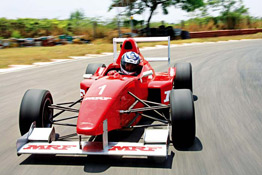

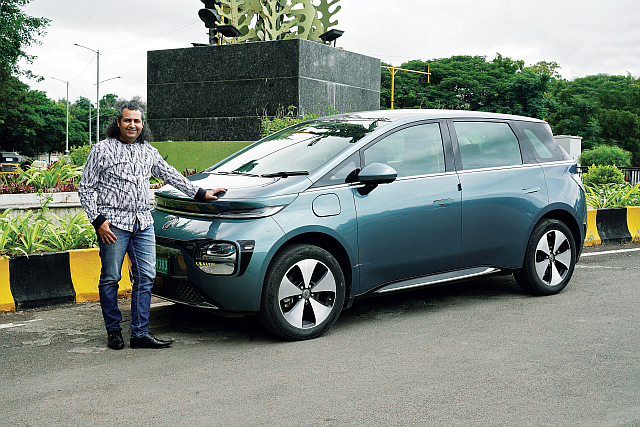


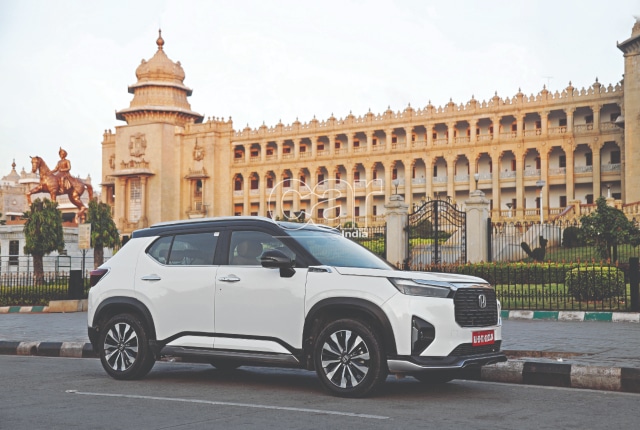
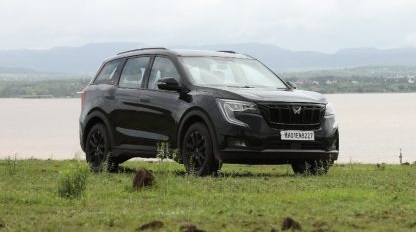
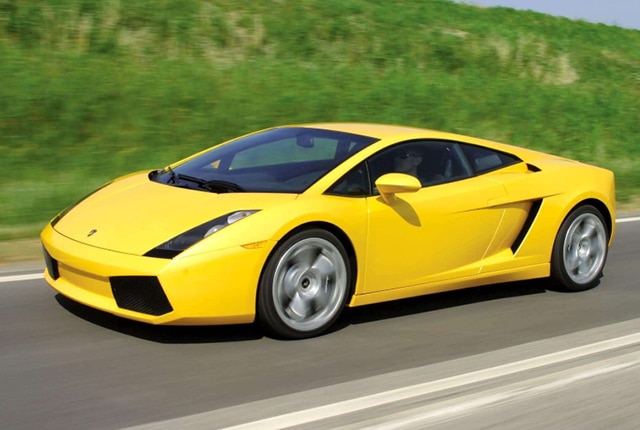
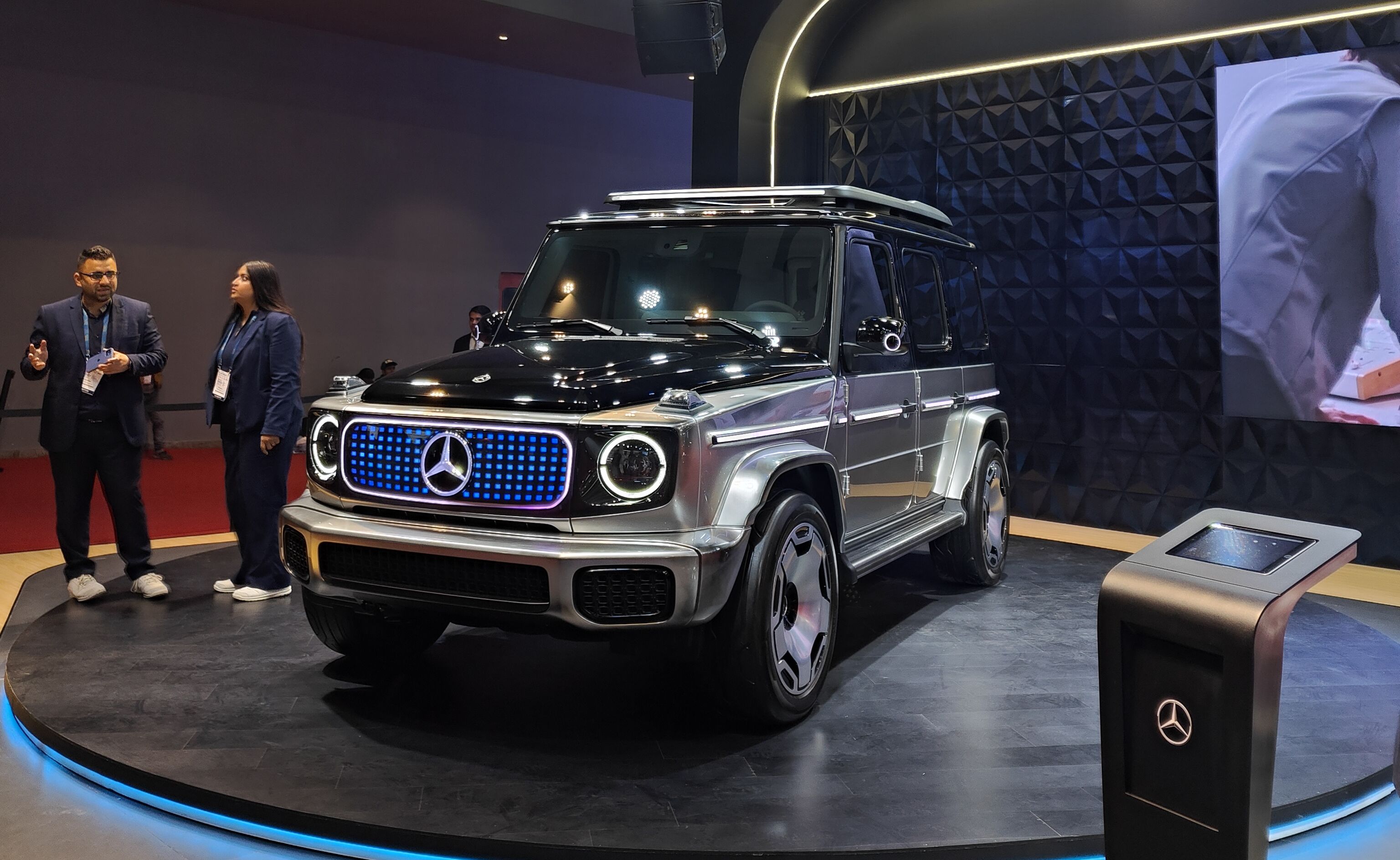
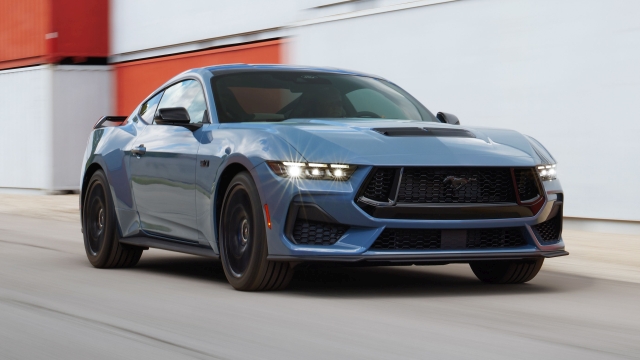
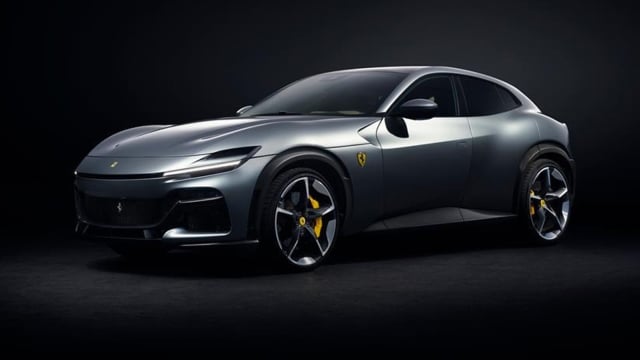

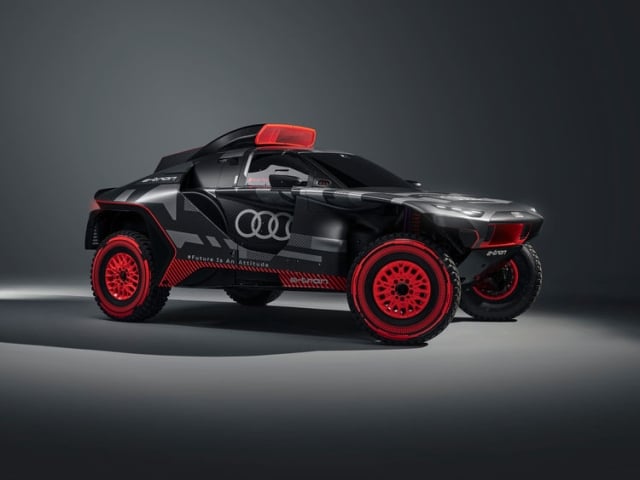
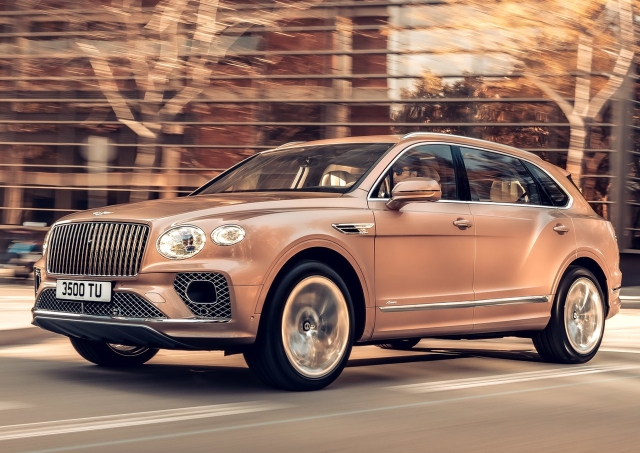
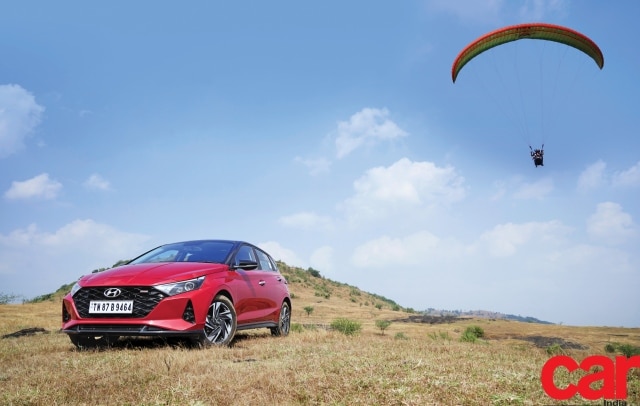
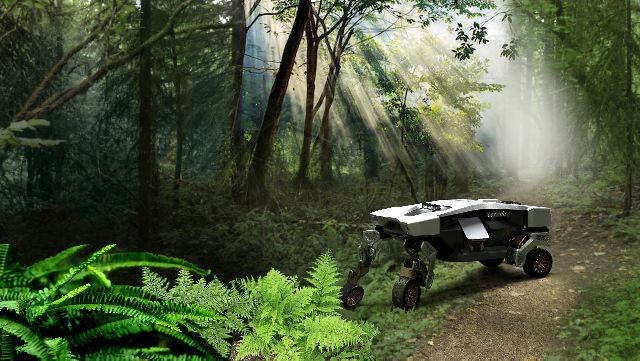
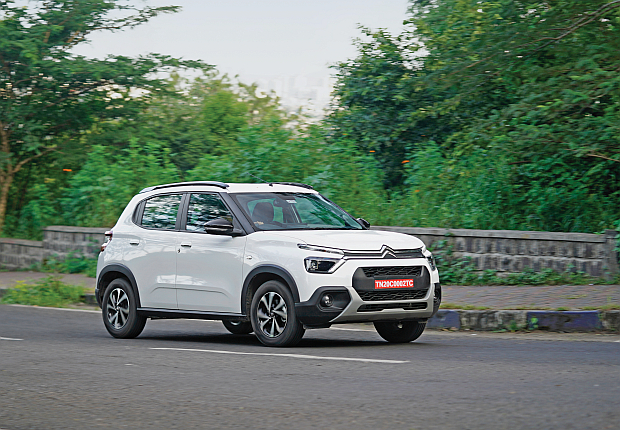
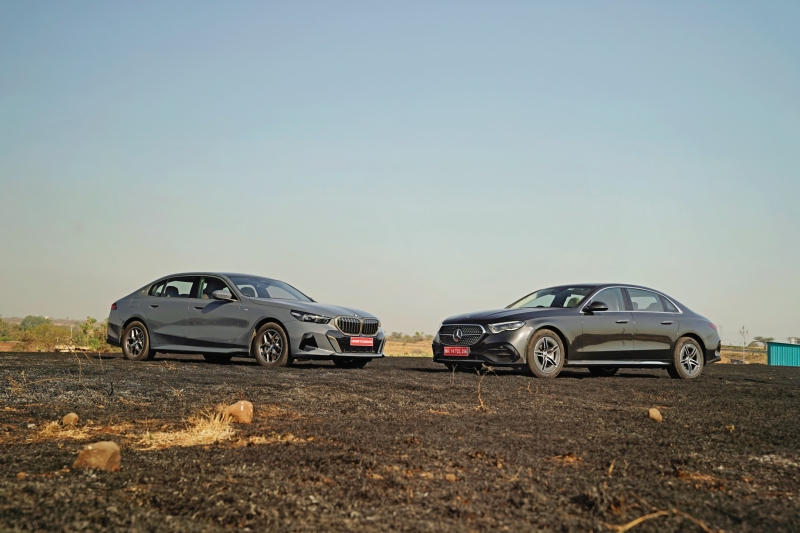

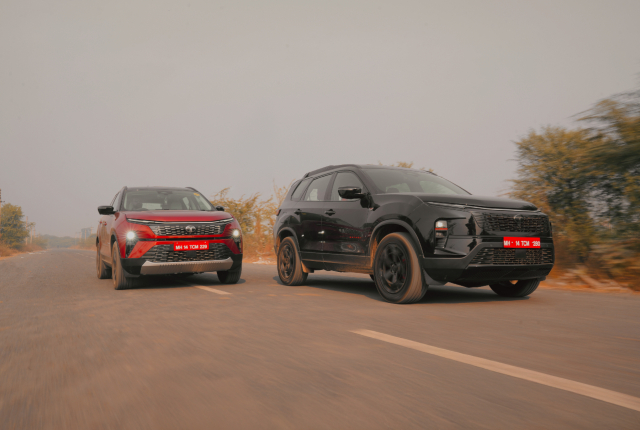
Leave a Reply